One of the biggest headaches in the construction industry is how to finish construction with both quality and quantity guaranteed before the deadline. In addition, one of the toughest challenges is the high humidity of the concrete blocks.
In general, waiting for indoor concrete to dry naturally is not feasible. Because natural drying is slow, it can cause construction delays. Moreover, if the water content in the concrete does not meet the specified requirements, the subsequent construction, sealing, and laying of the floor will not be able to proceed. Ultimately, the chain reaction of schedule delays can lead to increased costs and quality risks.
Among construction materials, concrete is one of the most annoying sources of moisture. Sometimes the concrete looks dry, but this can be false. Under normal conditions, concrete poured into enclosed buildings dry very slowly. In addition, the material (ratio), the curing process, and environmental conditions, such as indoor and outdoor temperature and humidity, can affect the drying rate of concrete.
The excess moisture in the concrete will cause these problems:
- Water transfer to the surface leads to adhesive failure, plate discoloration, and coating foaming.
- The ambient humidity continues to be high, resulting in rapid mildew of other materials.
- The initial viscosity of the floor installed on the floor is weak.
Therefore, the construction site should close the doors and windows and open the dehumidifier when the construction personnel isn’t on-site. Because the Alorair dehumidifier can condense the water vapor into water, reducing the humidity of the air to accelerate the evaporation of water in the building materials, and quickly dry. Similarly, indoor operation in the rainy season is affected by high humidity. The construction personnel needs to ventilate and supplement fresh air on the site and carry out ventilation and dehumidification at the same time. However, for choosing the right type of dehumidifier, the estate developer needs to consult a professional to help. Because the area and height can not determine the dehumidifier selection, it should be according to the overall wet load of the application place. Calculating the dehumidification amount of section is based on its site, size, initial humidity value, airtight indoor degree, humidity source, fresh air supply, and other factors.
IF you have any questions about choosing the right type of dehumidifier, please feel free to contact us!







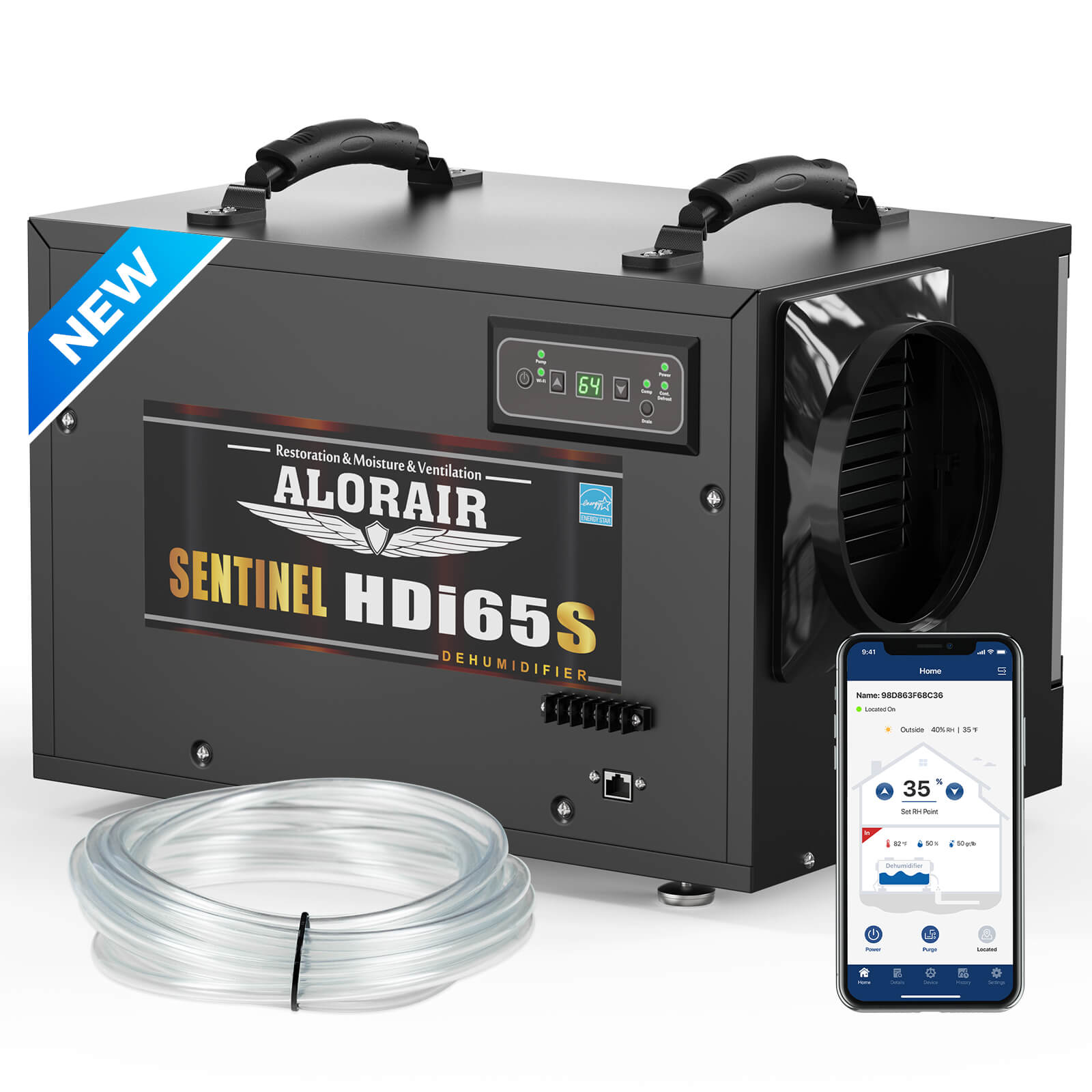
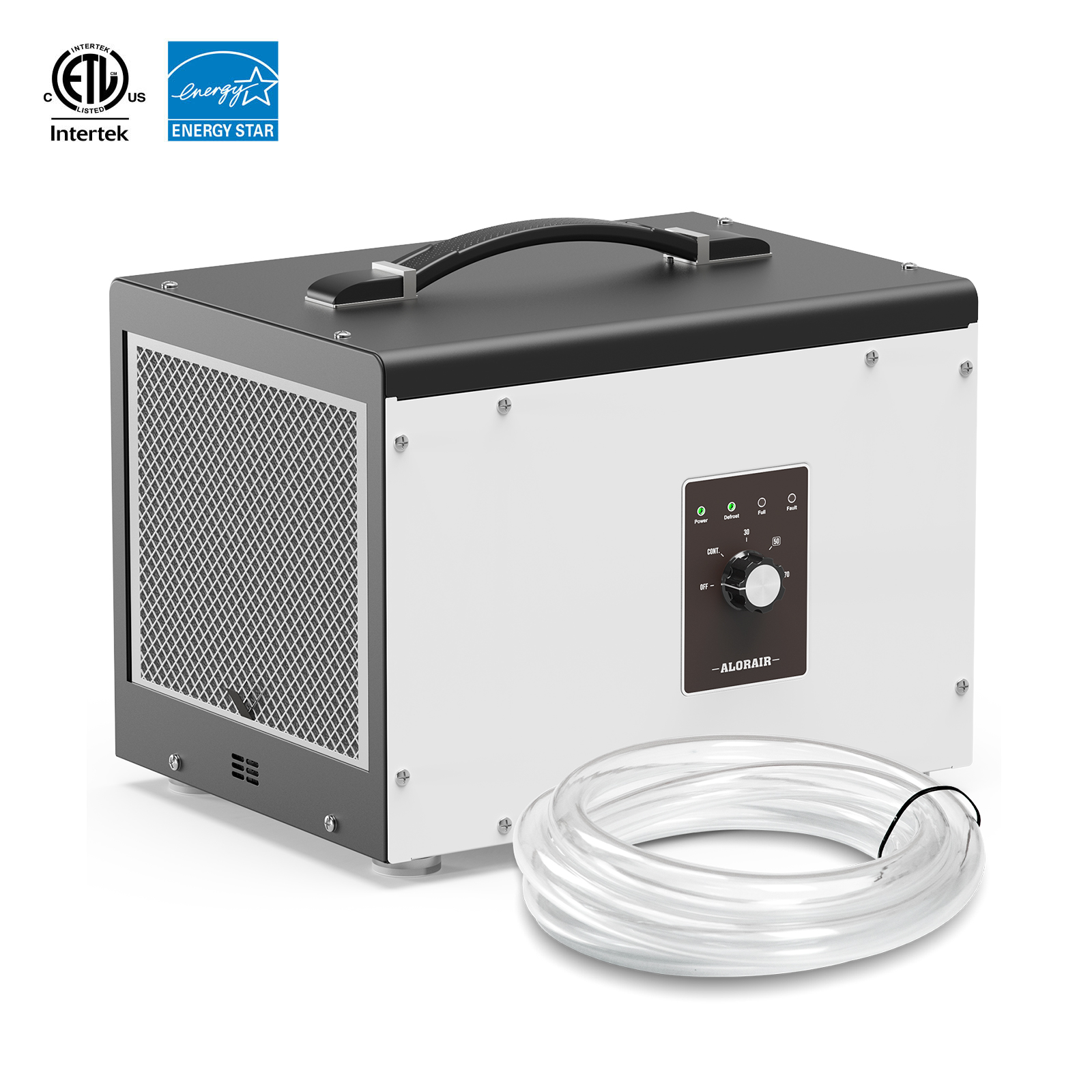
.jpg)
.jpg)

.jpg)

.HDi90.png)
.HD90.png)



.jpg)
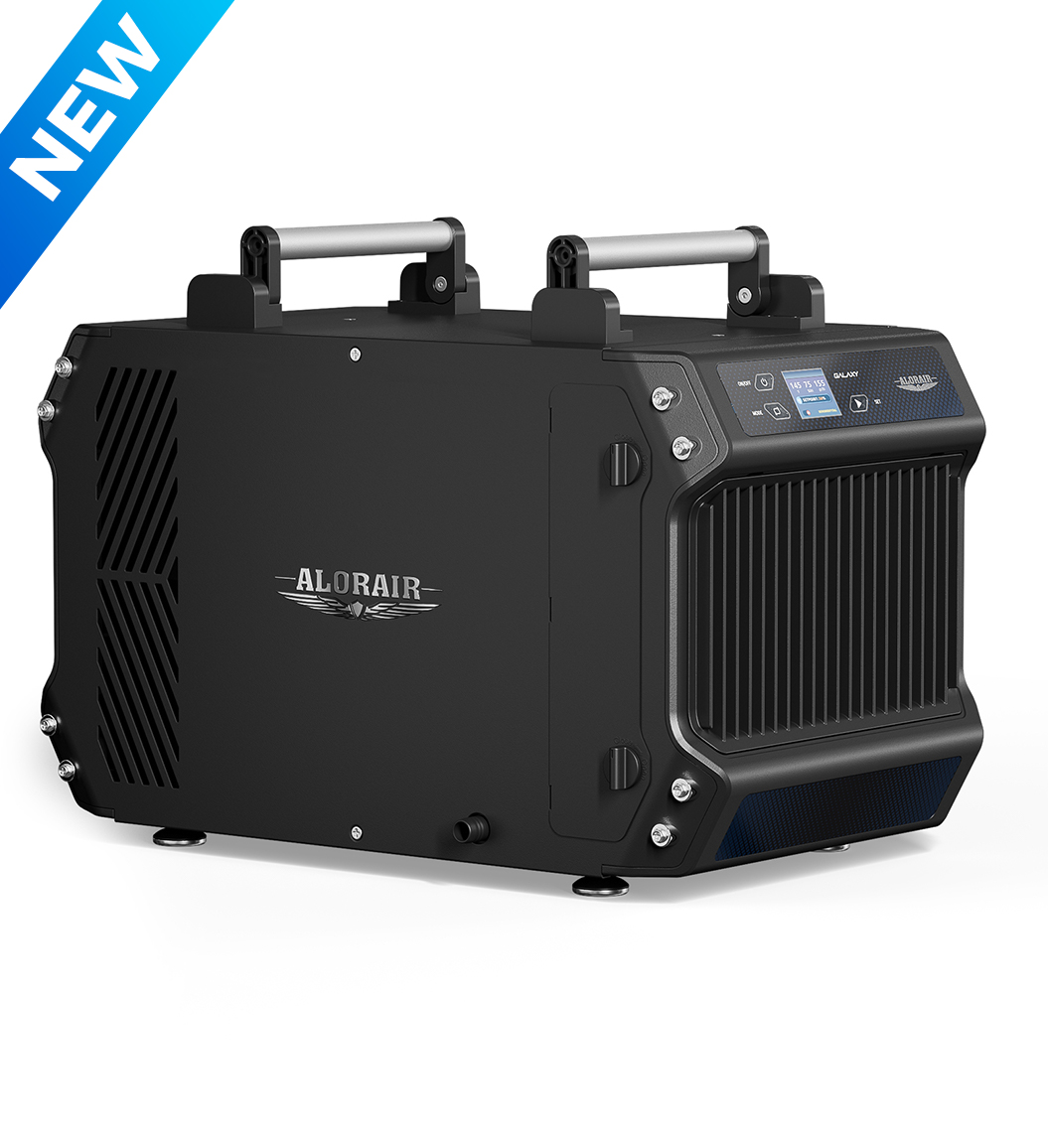
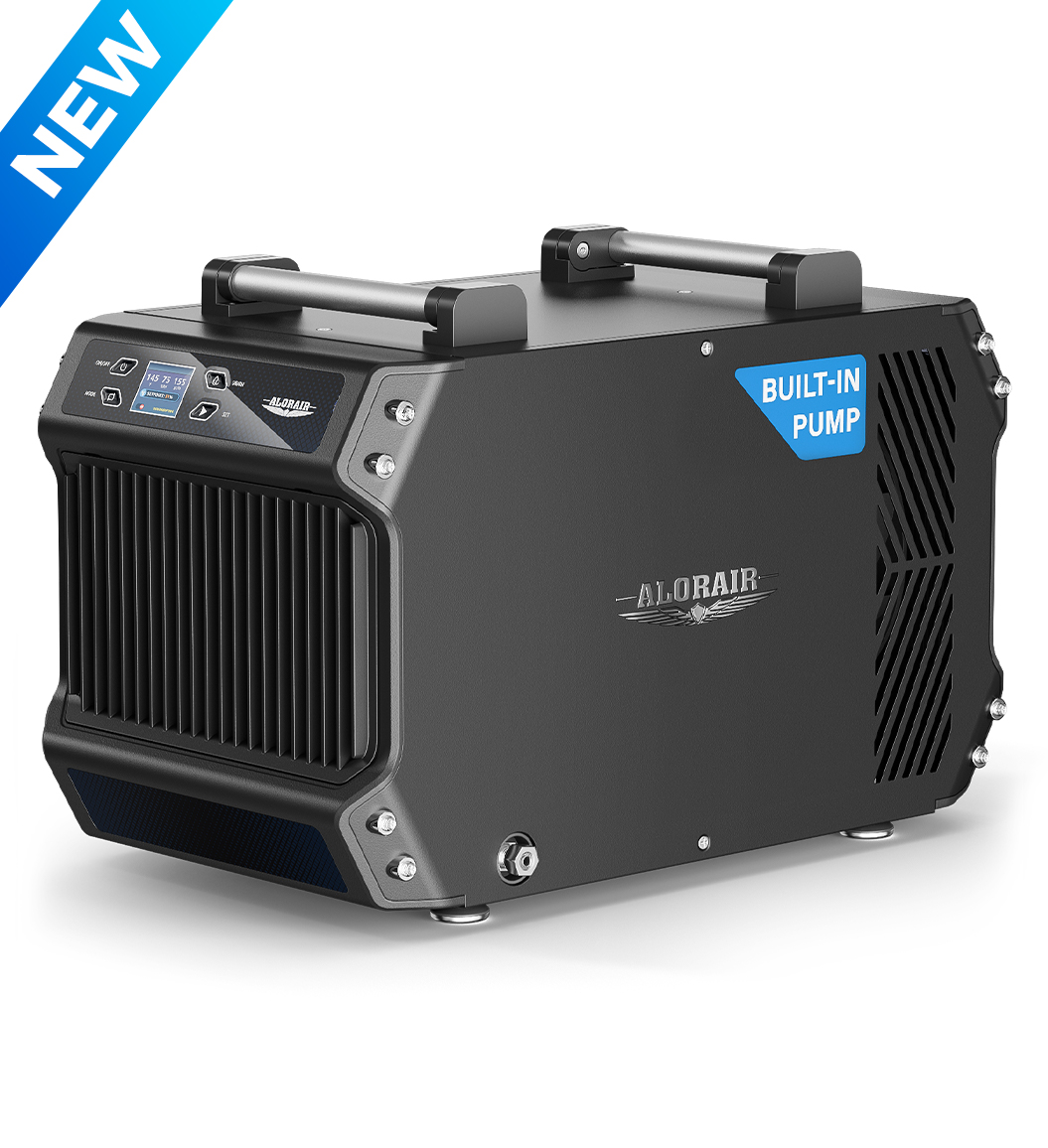




.jpg)
.jpg)
.jpg)
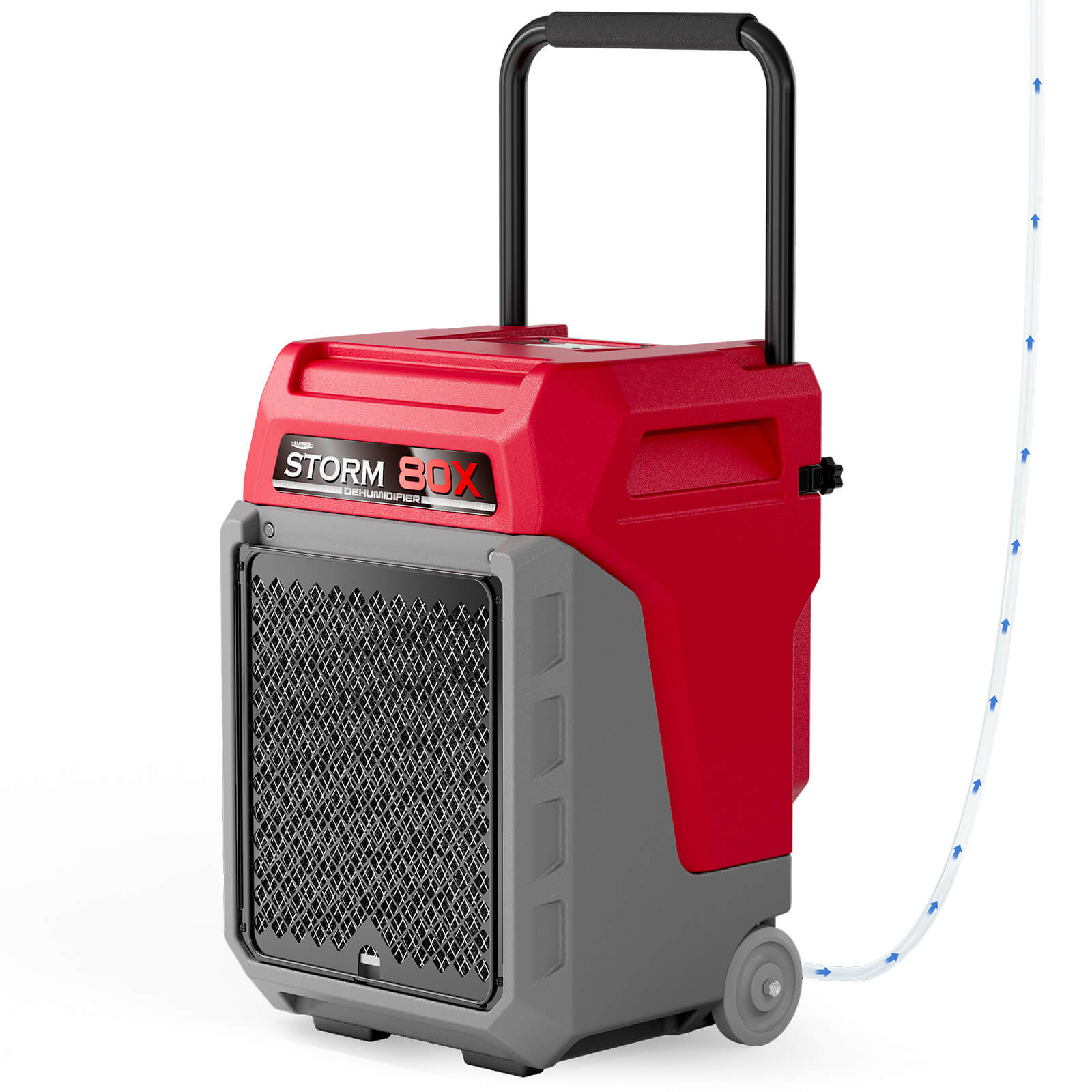


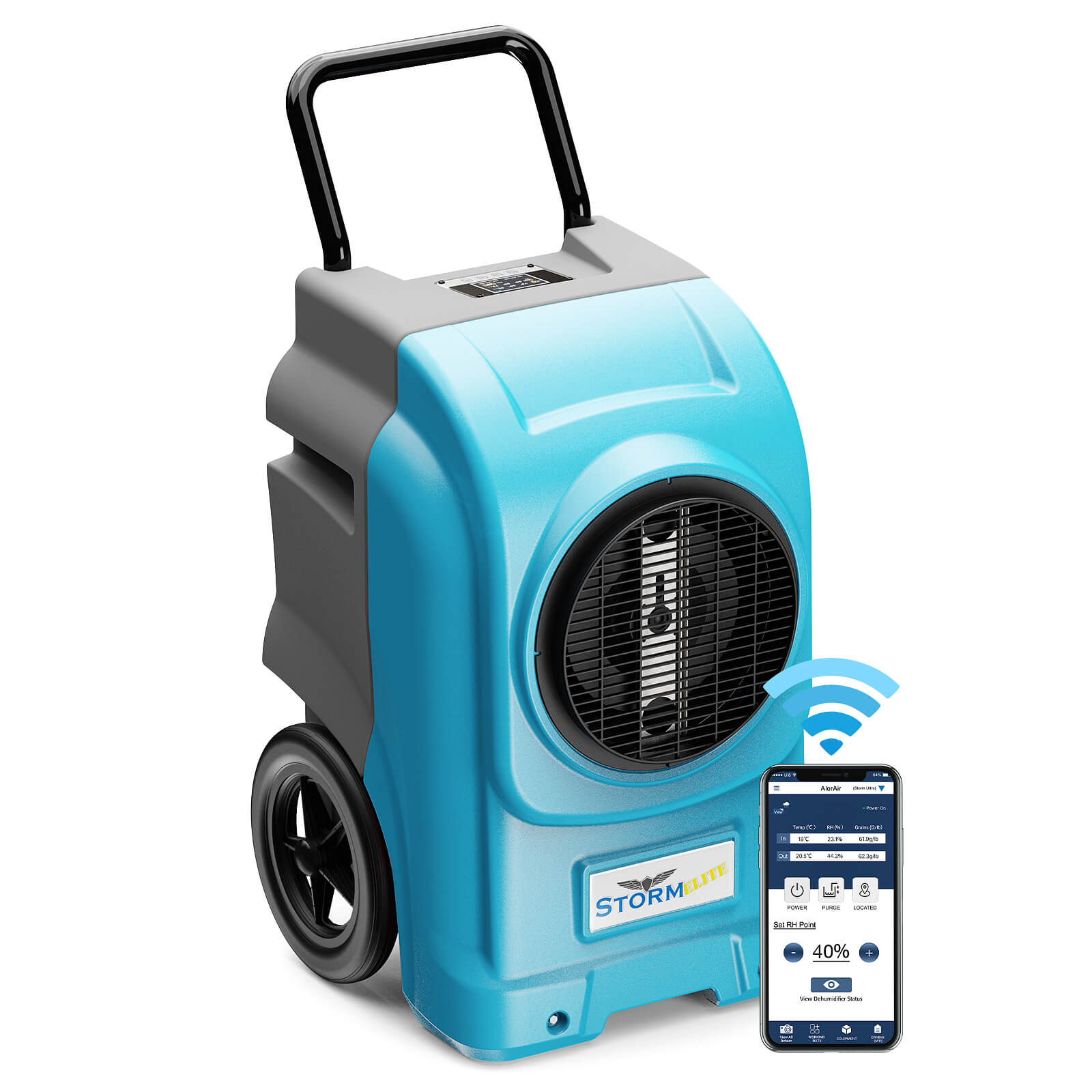

.jpg)
.jpg)

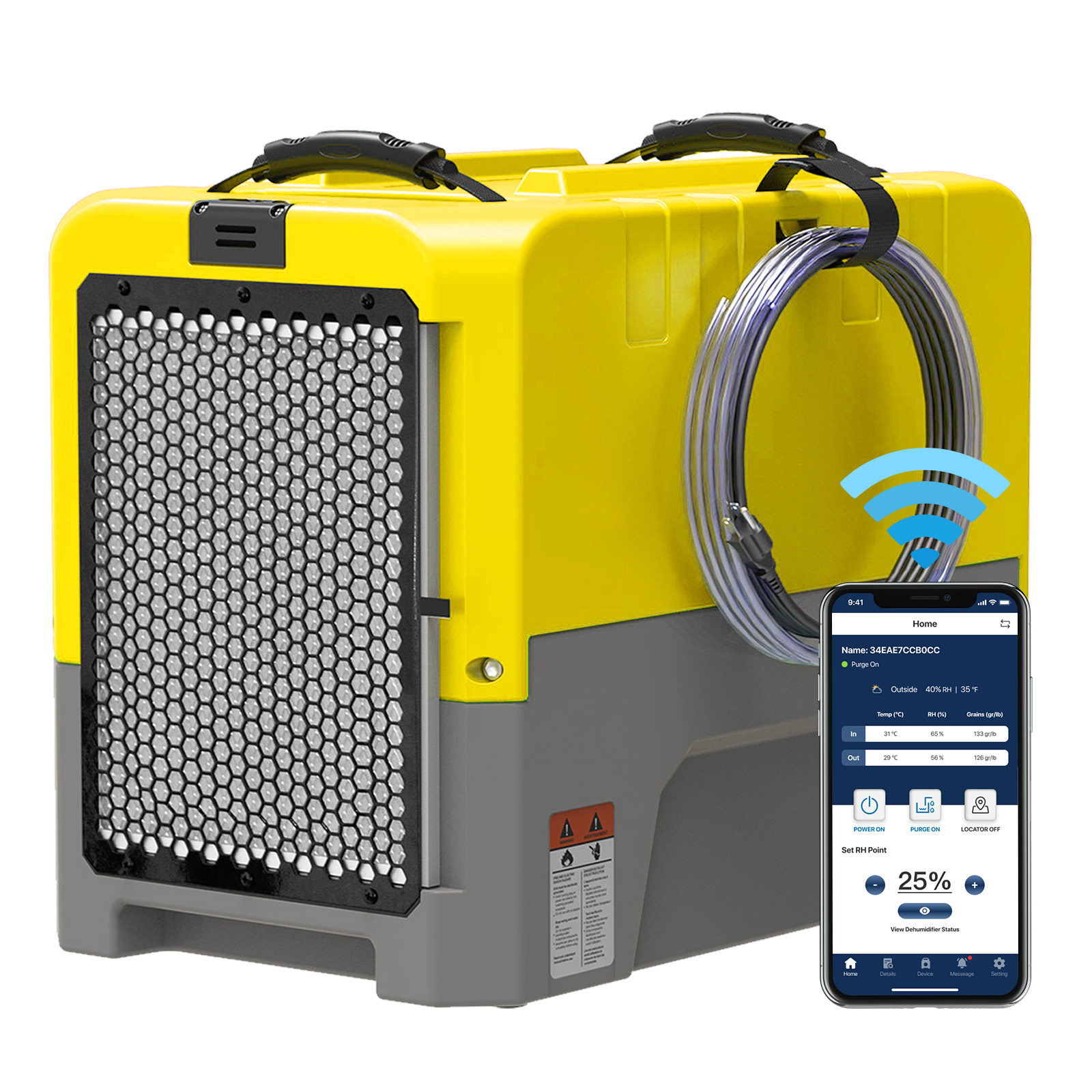








.jpg)
.jpg)








.jpg)
.jpg)










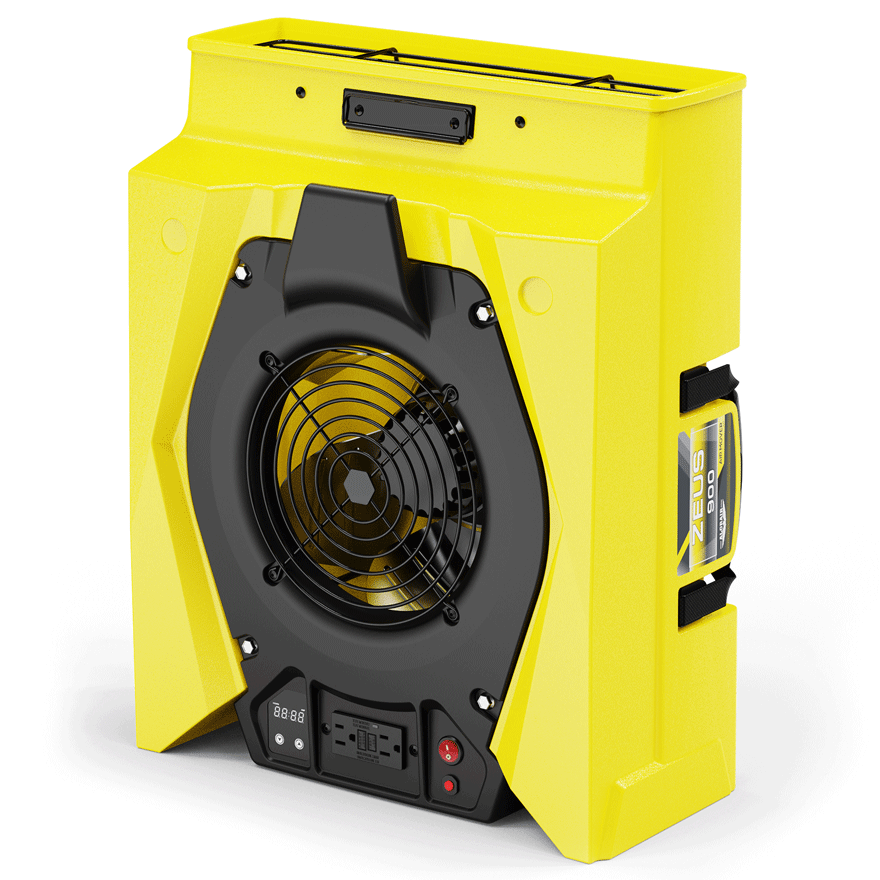
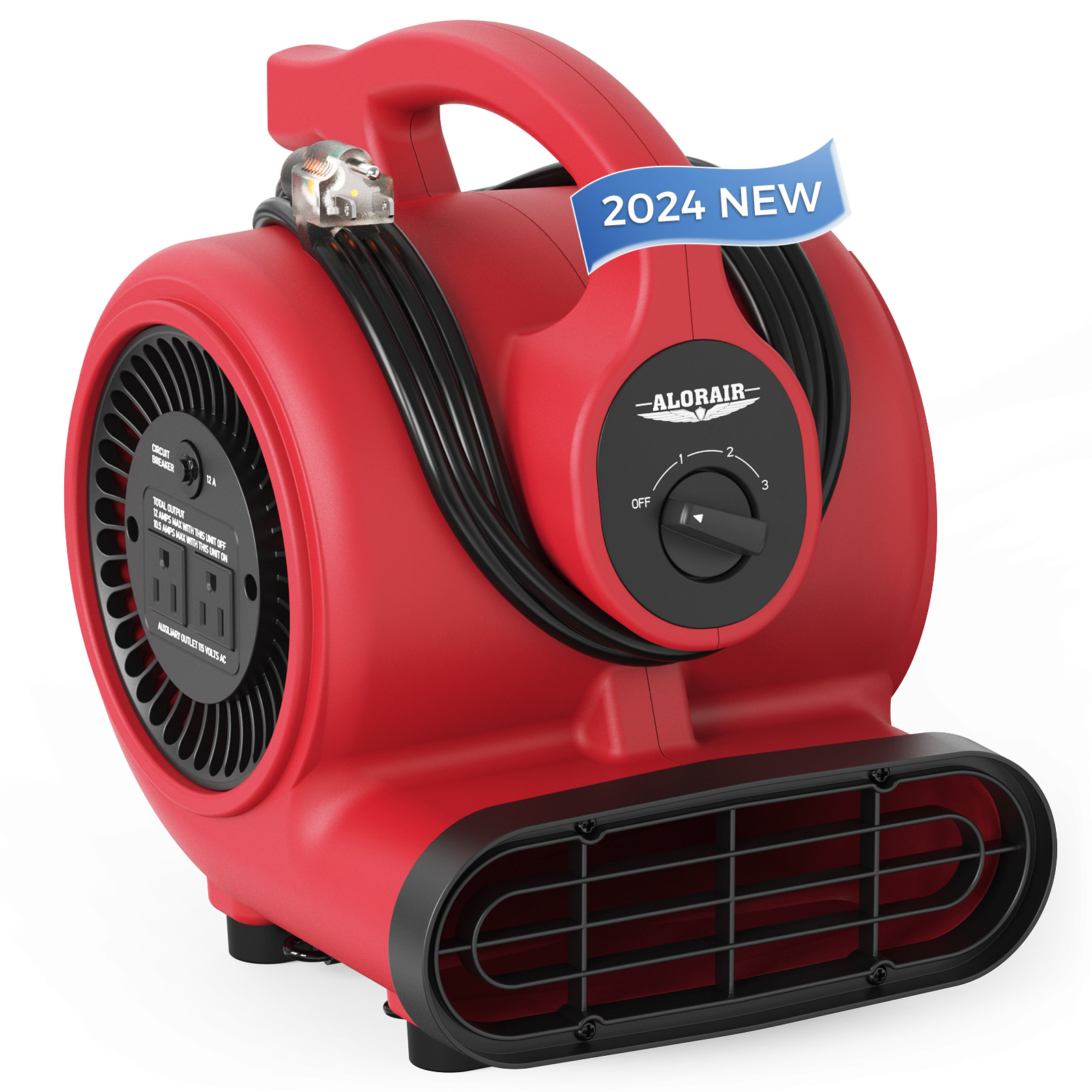
.jpg)
.jpg)
.jpg)
.jpg)
.jpg)
.jpg)
.jpg)
.jpg)
.jpg)
.jpg)
.jpg)
.jpg)
.jpg)
.jpg)





.jpg)
.jpg)
















-.jpg)
.jpg)

.jpg)
.jpg)



























 Exclusive offers
promotions
Exclusive offers
promotions

